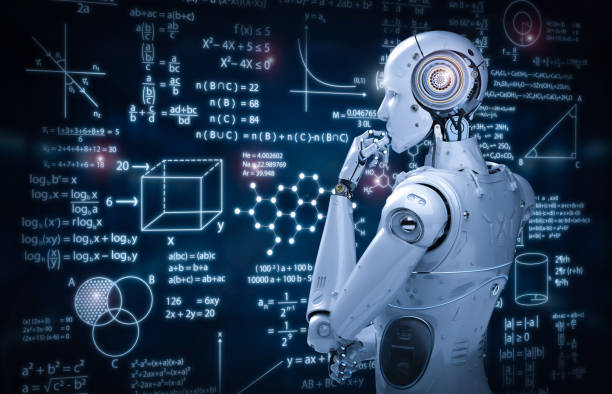It will need a concerted effort by the government, academia, research institutions, industry associations and industry to make India a force to reckon with in AI-led growth and enable manufacturing
There are many who believe that China, with its burgeoning costs, is losing out in outsourced manufacturing to more nimble and cheaper competitors such as Vietnam and Thailand and there has been hope that with some concerted investments in the right areas, India too will finally find its place in the global manufacturing sun. However, the time for projecting India’s pool of engineering manpower and ability to do labour-intensive manufacturing at scale and quality is now over and the baton of leadership will pass to those who are truly able to design and build factories of the future, powered by cyber-physical concepts, machine learning and artificial intelligence (AI).
Manufacturing firms of the future will use predictive analytics to estimate demand for each product category based on demand and environment patterns and also develop new products through generative design principles on an ongoing basis to satisfy demand of discerning customers. Virtual agents will interface between information systems and production processes and feed fully automated factories with planning, materials and process inputs on a real-time basis. Materials handling, location of parts and warehouse management and utilization optimization with digital aids such as augmented and virtual reality are commonplace today. The real cutting edge will be provided by AI applied to quality defect management through image recognition, process quality prediction and large-scale prescriptive approaches, failure predictions and predictive maintenance including support of self-healing machines. The future is all about maximizing throughput with consistent high quality and redefined role of engineering talent in manufacturing.
Jabil, one of the world’s leading designers of digital factories with several successful implementations in Asia and Latin America, enables real-time predictive analytics for its customers by connecting equipment, sensors and people and claims an ever-increasing accuracy level for predicting early equipment and process failure leading to energy, scrap and rework savings and decrease in manufacturing cycle time. Companies such as GE and Siemens, both pioneers in digital manufacturing, have reported success with the use of AI — GE through the deployment of digital twins, which models and tracks the state of the engine and provides continuous analytics and predictive maintenance suggestions and Siemens through a combination of AI with neural technologies in its Gas Turbine Autonomous Controller Optimizer which ensures that every gas turbine has over 500 sensors continuously monitoring temperature, pressure, stress and other variables enabling the neural model to alter the distribution of fuel in the turbine’s burners on a dynamic basis.
Recent studies by PW and BCG place AI and Advanced Analytics at the manufacturing with recent trends moving beyond traditional inventory optimization, maintenance and data security usage to intelligent factory operations, the application of digital twins and human robotics collaborative ecosystems. They predict that humans in the future factory will be entrusted with the higher-level tasks of programming, maintaining and coordinating robotic operations. With AI driving advanced predictive and prescriptive analytics and replacing SMAC (Social Media, Mobility, Cloud and Analytics) as the core of digital transformation, it is predicted that AI will also be a valuable tool outside the factory, enabling continuous logistics and supply chain monitoring, providing route optimization for inward and outward flow of materials and finished products, tracking customer expectations and emotional states through voice analysis at service call centers and providing personalized product recommendations for customers based on deep learning of their previous responses and social media footprint. The use of AI and advanced analytics is limited only by human imagination as newer customer journeys evolve and design thinking enables early anticipation of every need.
The good news is that the adoption of digital technologies in Indian manufacturing firms has been placed by recent research at 27 per cent against a global digitization level of 33 per cent and is expected to cross 60 per cent in the next five years. It is also heartening that thanks to an increasing awareness of Industry 4.0, leading industry associations such as the Confederation of Indian Industry are making smart manufacturing the core of their agenda, and there is a proliferation of scaling start-ups in the Internet of things and robotics space even Indian SMEs are placing digital and Industry 4.0 at the core of their agenda for the future. Small-scale solutions are being piloted and investment in automation and analytics are beginning to bear fruit.
However, a major commitment at national policy making level and also across industry sectors towards AI is needed to position India as a true leader in new manufacturing solutions. And the competition is already planning this on a gargantuan scale. China has committed to add over $150 billion to its economy through AI by 2030 and many announcements of magnitude have been made including an AI support fund of $5 billion in Tianjin and the Beijing municipal government declaring plans for a $2.2 billion AI development park. The research coming out of China rivals the US in quantity and quality and it will need a concerted effort by the government, academia, research institutions, industry associations and industry to make India a force to reckon with in AI-led growth and enable the manufacturing sector to finally stake its claim to global leadership.
Photo credits : iStock.
